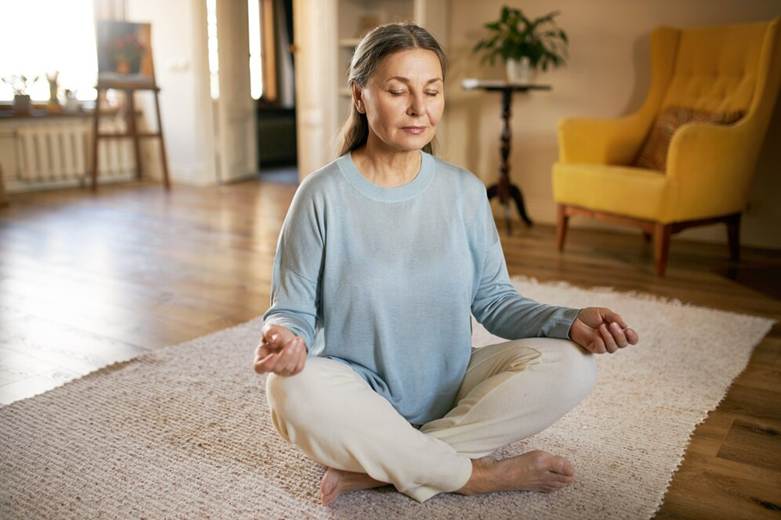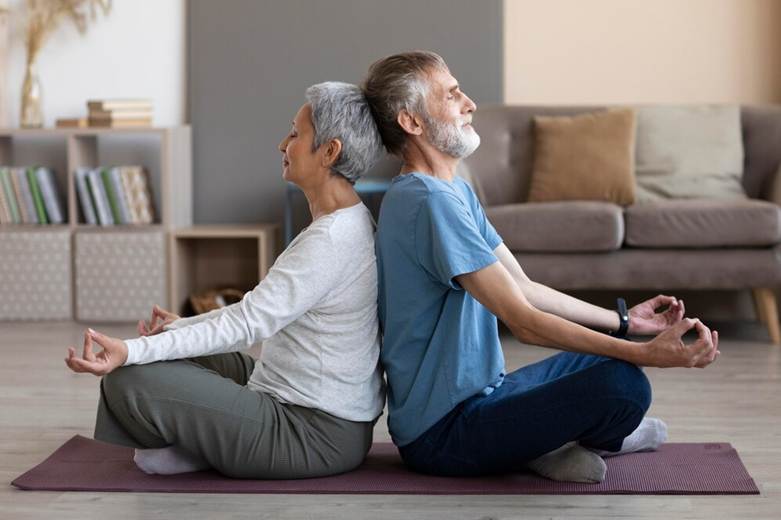It can be unsettling when you start considering the safety and well-being of your loved ones who are determined to live independently. That independence is so vital, a cornerstone of their dignity and happiness. But what if there were simple, practical steps you could take to create a home environment that not only feels safe and secure but also fosters a sense of calm and comfort? You're in the right place. This article provides a roadmap with practical advice and actionable steps for creating a living space that supports independence while prioritizing well-being. We're talking practical tips for a safe, stress-free, and comfortable home.
For added peace of mind, consider exploring options like a Life Assure medical alert system. These systems provide immediate access to help in case of falls or other emergencies, giving seniors and their families invaluable reassurance.

1. Understanding the Needs of Independent Seniors
First, we must understand the unique needs and specific challenges faced by seniors choosing to live alone. We’re talking about physical limitations, maybe some cognitive decline, and the ever-present fear of falls. These aren’t minor inconveniences; they're significant factors affecting their quality of life. Common concerns include fall prevention, accessibility, and emergency preparedness, and sometimes just feeling connected and engaged with the world. Small changes, things that seem almost insignificant, like better lighting or grab bars, can dramatically improve their comfort and security. That's what we're after.
Imagine Mrs. Davies, a vibrant 80-year-old who treasures her independence. After a recent fall, her family worried about her living alone. By understanding her specific needs, they were able to transform her home into a safe haven that allowed her to maintain her independence and peace of mind.
2. Creating a Safe Living Environment
A safe living environment isn't just about avoiding accidents; it's about fostering a sense of confidence and security. It's about removing those anxieties that can chip away at their independence.
A. Fall Prevention and Accessibility
Let's talk about falls. Removing loose rugs? Seems obvious, right? But how about ensuring adequate lighting, especially at night? That can literally be a life-saver. Install handrails in bathrooms and along staircases. Consider smart home technology, like voice-activated lights, so they don't have to fumble for switches in the dark. Keeping frequently used items within easy reach prevents unnecessary stretching and bending, further reducing the risk of falls. The little things matter.
Smart home technology (e.g., voice-activated lights, security systems) serves as a safety net for the independent senior. For example, consider installing motion-sensor lights. These simple devices, costing as little as £20, automatically illuminate hallways and bathrooms, reducing the risk of nighttime falls.
B. Emergency Preparedness
Setting up emergency alert systems is crucial. Wearable devices connect them to help with the touch of a button. Ensure they have easily accessible contact lists with family, friends, and emergency services numbers. Don’t forget backup power sources; consider a small generator for essential medical equipment. Routine safety checks are essential; ensure the smoke detectors and carbon monoxide detectors are fully operational.
Emergency preparedness extends to medication management. Automatic pill dispensers, priced from £50 to £200, can ensure seniors take the correct medication at the right time, reducing the risk of errors and promoting better health.
3. Designing a Comfortable and Calm Space
Creating a comfortable and calm space is about nurturing a sense of peace and well-being. It's about transforming their home into a sanctuary, a place where they can relax, recharge, and feel truly at ease.
A. Choosing a Senior-Friendly Layout
Open layouts allow for easy movement, particularly for those using walkers or wheelchairs. Pay attention to chair and bed heights; ensure they're at a level that allows for easy sitting and standing. Avoid clutter. Clutter is a tripping hazard and creates a sense of unease. A spacious, uncluttered environment promotes calm.
B. Using Calming Colours and Décor
Color psychology affects mood. Soft neutrals, pastels, and earth tones create a more relaxing atmosphere than bright reds or harsh blues. Plants can provide a sense of tranquility. Personal memorabilia, family photos, and treasured mementos evoke positive emotions and create a feeling of connection. Comfortable furniture, a cozy armchair, and a soft blanket contribute to a sense of comfort and security.
Consider incorporating aromatherapy into the space. Essential oils like lavender or chamomile, used in diffusers, can create a calming environment, helping to reduce anxiety. A diffuser costs around £20-£50.
4. Technology and Home Automation for Safety and Convenience
Technology can improve senior living immensely. Voice assistants, security cameras, and smart lights serve a purpose. Medical alert systems provide a lifeline in case of emergencies. Smart home integration simplifies everyday tasks, like temperature control and medication reminders. However, not everyone's tech-savvy, so ensure any technology is easy to use, intuitive, and well-explained.
Medical alert systems with fall detection can provide an added layer of security. These wearable devices automatically alert emergency services if a fall is detected, even if the senior is unable to press the button.
According to Age UK, "Simple adaptations around the home can make a big difference to older people's ability to live independently and safely."
5. Encouraging Social Interaction and Mental Well-being
Isolation is a major threat to senior health, so don't underestimate the importance of social interaction. Design their space to encourage visitors, like a comfortable seating area where they can chat with friends and family. Make sure they have easy-to-use tech for video calls so they can stay connected with loved ones who live far away. Hobbies, games, and reading nooks contribute to mental stimulation and a sense of purpose.
Facilitate social interaction through comfortable spaces for visitors and easy-to-use communication tools. Something as simple as teaching them to use Skype can make a huge difference.
Common Mistakes to Avoid
One common mistake is overlooking the importance of regular eye exams. Poor vision can significantly increase the risk of falls. Another mistake is neglecting the emotional needs of seniors. Loneliness and isolation can have a detrimental impact on their overall well-being.
Cost Considerations
Creating a safe and calm living space doesn't have to break the bank. Simple modifications, like installing grab bars and non-slip mats, can be relatively inexpensive. Smart home technology can range from a few pounds for basic devices to several hundred pounds for more advanced systems. Government grants and financial assistance are available to help cover the cost of home modifications for seniors. Contact your local council for details.

Conclusion
Creating a calm and secure living space for independent seniors involves a multifaceted approach. It's about safety, accessibility, comfort, and community. It's about being proactive and making modifications to their home that support their independence and enhance their quality of life. Often, these modifications can be as simple as a handrail in the shower that makes the difference between a nasty fall and a safe experience.
Safety means reducing fall risks through measures like grab bars and non-slip floors. Accessibility means ensuring their home accommodates mobility aids, like walkers and wheelchairs. Comfort will be achieved through soft lighting, soothing colours, and comfortable furniture. Ultimately, it's about knowing that simple changes can significantly enhance their quality of life and give them and you some peace of mind.









